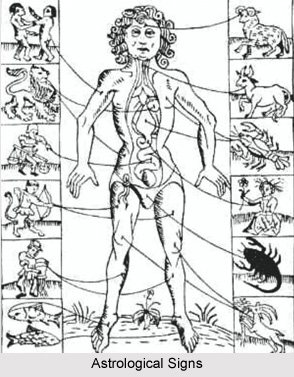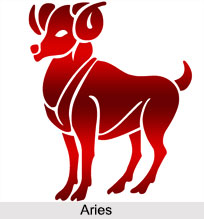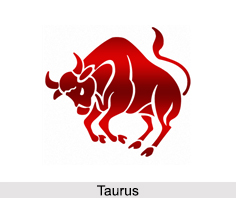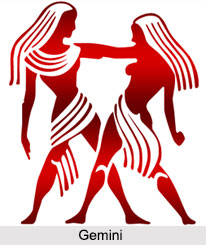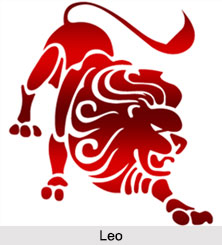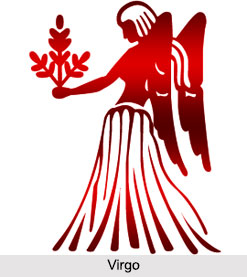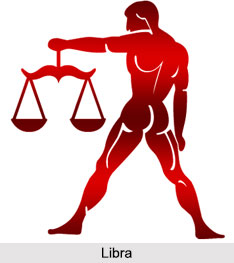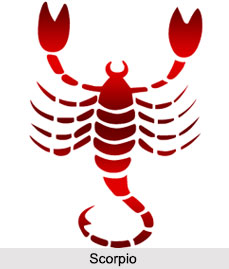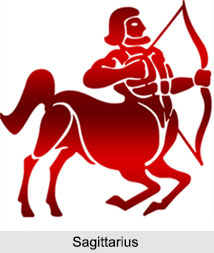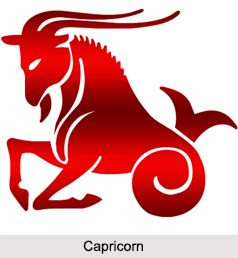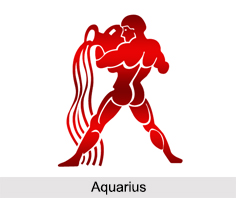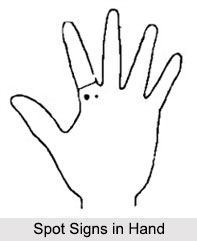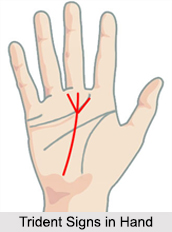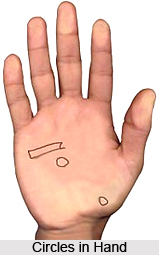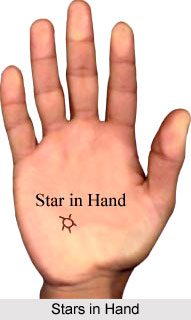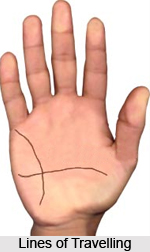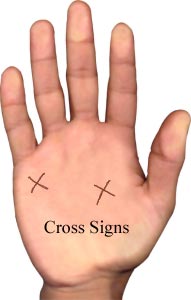 Concept of Day and Night more explicitly came into existence when it was discovered that the Earth has its own path of rotation and it revolves round the sun within a certain period. According to the earliest Indian literature, both day and night appear as a natural unit of time. In the Vedic literature the commencement of a day is associated with the sunrise and sunset as the Earth continues to rotate round the sun. The day from sunrise to sunrise and midnight to midnight is considered as a civil day or a natural day is often mentioned as a savana day in later astronomical works. In Surya Siddhanta too the commencement of a civil day is associated with sunrise and sunset which is further reassured by Aryabhata`s modern day calculations.
Concept of Day and Night more explicitly came into existence when it was discovered that the Earth has its own path of rotation and it revolves round the sun within a certain period. According to the earliest Indian literature, both day and night appear as a natural unit of time. In the Vedic literature the commencement of a day is associated with the sunrise and sunset as the Earth continues to rotate round the sun. The day from sunrise to sunrise and midnight to midnight is considered as a civil day or a natural day is often mentioned as a savana day in later astronomical works. In Surya Siddhanta too the commencement of a civil day is associated with sunrise and sunset which is further reassured by Aryabhata`s modern day calculations.
Concept of Day and Night which is discussed in the Arthava Veda and Taittiriya Brahmana, dived the day part which is the brighter half, into five parts. This begins with Udyan Surya (sunrise), Samagava (gathering of cows), Maddhyam dina (midday), Apardhana (afternoon) and astam yan (sunset). Further the day is divided into even smaller units which include the muhurtas which has been expressed in the literature of Brahman period. According to Satapath Brahamana there are ten thousand and eight hundred muhurtas in a year which divides 1 day into 30 muhurtas. The concept of dividing a day into various muhurtas was further expressed in the verdicts of Kautilya and other early literatures of the past.
Concept of day and night then includes the measurement of the day`s length which usually varies with the variation of seasons. Though it was mentioned in the earlier texts but it lacked accuracy which could be calculated on during the time of Vedanga Jyotisa. As included in the Vedanga Jyotisa each day consists of 30 muhurtas in which 12 muhurtas are found in the shortest day of winter season and 18 muhurtas are founded in the longest day of summer season. Overall a year in Vedanga Jyotisa consists of 366 days which shows a rate of increase in a day estimated as 2/6.
Concept of day and night further includes the description of a solar day which has been defined as the 360th party of the year. This is also mentioned in Panch Siddhantika . This also includes a description of sidereal day which defines the time taken by the asterism to complete one revolution. A long with this it further includes the description of Tithis or the lunar days. This is further included into Paksa which is divided into 15 tithis. 15 Tithis gain their name from Sanskrit ordinals which begin from prathama and ends in either Purnima or Amavasya. All this are included in the Indian calendar.
Thus, Concept of Day and Night has been one of the most eminent parts of Ancient calendar. This had been further divided into tithes and muhurtas which are based on the solar and lunar calendar. While the muhurtas are divided on the basis of solar calendar the division of tithes are based on the lunar calendar.
